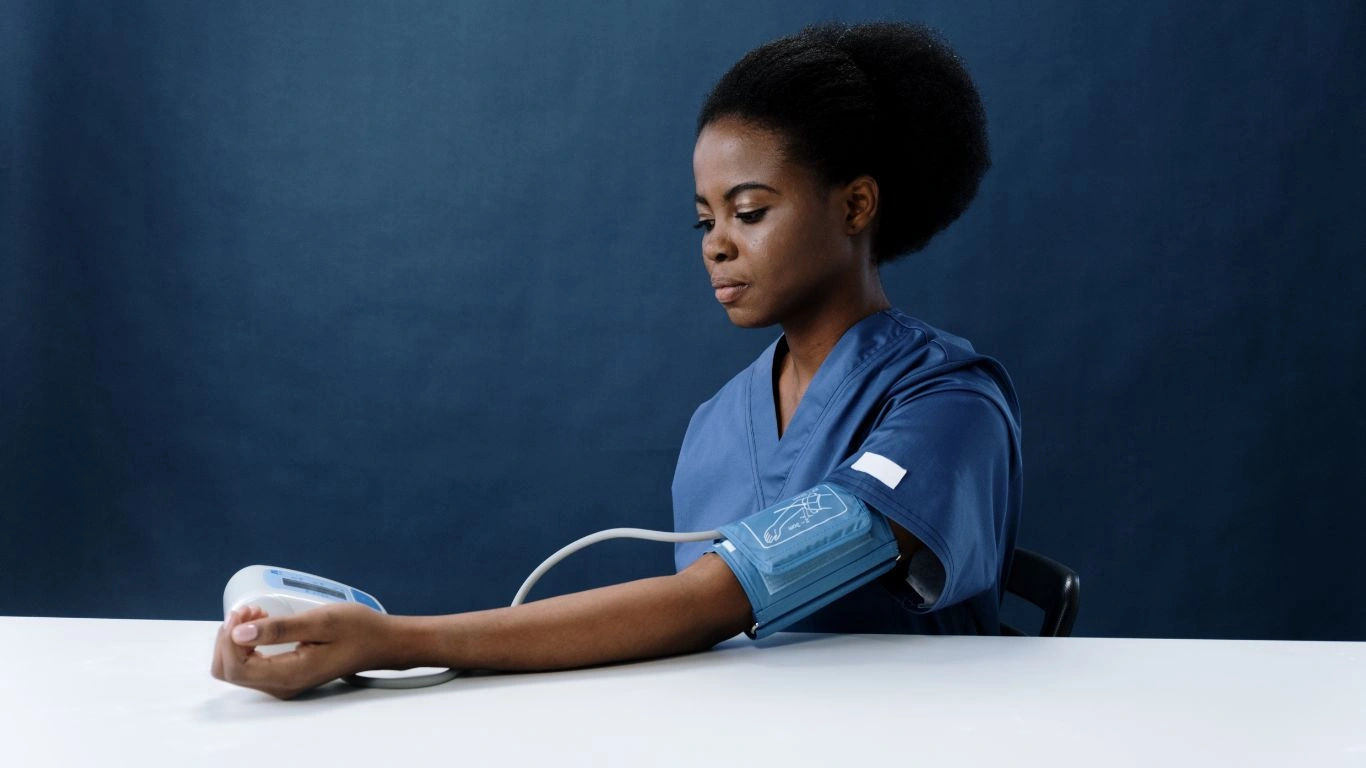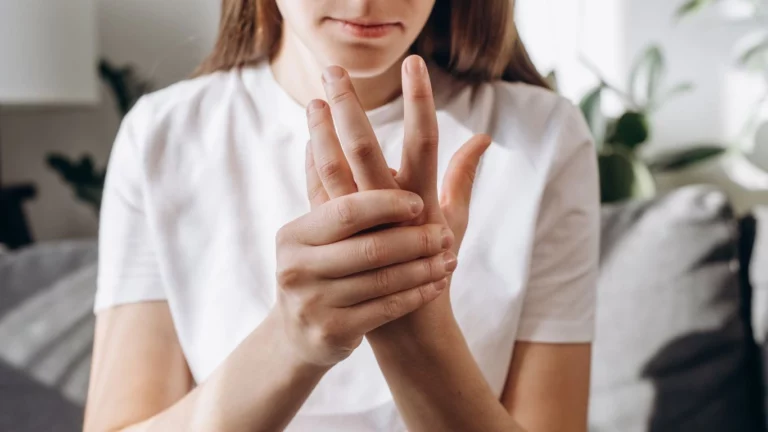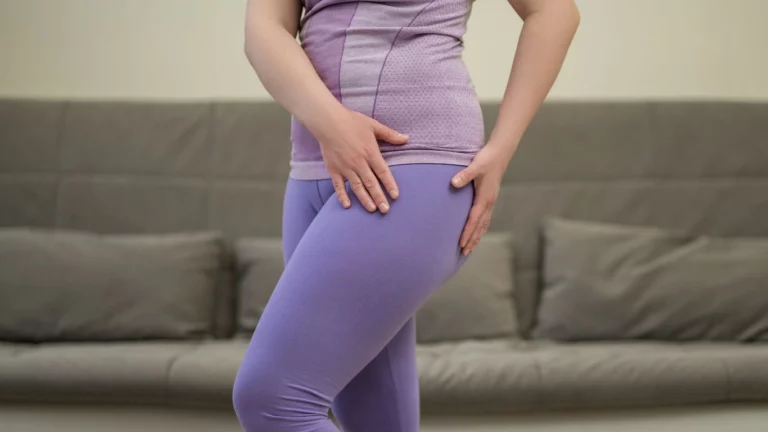Best Exercises to Lower Systolic Blood Pressure Fast & Naturally
Let’s be real—dealing with high blood pressure, especially when that top number (systolic) starts creeping up, can feel like an uphill battle. But here’s the good news: exercise isn’t just a great way to lower blood pressure, it’s one of the most effective, natural, and long-term solutions out there. In my years of working with patients struggling with hypertension, I’ve seen firsthand how the right workouts can make a dramatic difference. So, if you’re looking for the best exercises for reducing systolic blood pressure, you’re in the right place. Let’s dive in!
Why Exercise Is a Game-Changer for Systolic Blood Pressure
Before we jump into the workouts, let’s talk about why exercise is such a powerful tool for lowering that top number on your BP reading. When you move your body, you get your heart pumping, improve circulation, and strengthen your cardiovascular system. Over time, this helps your arteries become more flexible, reducing the resistance your heart has to push against—meaning a lower systolic blood pressure. It’s that simple.
Not to mention, regular exercise helps with weight management, reduces stress hormones, and improves insulin sensitivity—all of which play a role in keeping your blood pressure in check.

The Best Exercises for Reducing Systolic Blood Pressure
1. Brisk Walking – The Underrated BP-Lowering Powerhouse
One of the easiest and most effective ways to lower systolic blood pressure? Simply walking. And I don’t mean a casual stroll—I’m talking about brisk walking, where you get your heart rate up just enough to break a light sweat.
- Why it works: Walking improves circulation, reduces stress, and strengthens your heart over time.
- How to do it: Aim for at least 30 minutes a day, 5 days a week. If that feels like too much, start with 10-minute walks and work your way up.
- Pro tip: Try walking on an incline or adding short bursts of faster-paced walking to get even better results.
2. Strength Training – More Than Just Building Muscle
Most people associate weight training with bulking up, but trust me, it’s also one of the best ways to naturally lower blood pressure. Strength training improves muscle efficiency, boosts metabolism, and enhances vascular health.
- Why it works: Lifting weights helps reduce arterial stiffness, which can lower systolic blood pressure over time.
- How to do it: Focus on full-body workouts 2-3 times a week. Bodyweight exercises like squats, lunges, and push-ups are just as effective as lifting weights.
- Pro tip: Stick to moderate resistance and avoid holding your breath (a common mistake that can temporarily spike blood pressure).

3. Cycling – A Heart-Healthy Way to Drop That Top Number
Whether you hop on a stationary bike or take a ride around your neighborhood, cycling is an excellent cardiovascular exercise that helps lower systolic blood pressure.
- Why it works: Cycling engages large muscle groups, improves heart efficiency, and promotes better circulation.
- How to do it: Aim for 20-40 minutes of moderate-intensity cycling 3-5 times per week.
- Pro tip: Interval cycling (alternating between fast and slow speeds) can maximize blood pressure benefits.
4. Yoga & Deep Breathing – The Stress-Busting Duo
It might surprise you, but yoga and breathing exercises have a huge impact on systolic blood pressure. Chronic stress can keep your BP elevated, and these exercises help calm your nervous system, reducing blood pressure naturally.
- Why it works: Yoga improves flexibility, circulation, and relaxation, while deep breathing lowers cortisol and heart rate.
- How to do it: Try yoga 2-3 times per week and incorporate deep breathing exercises (like box breathing) daily.
- Pro tip: Start with simple poses like Child’s Pose and focus on slow, controlled breaths.

Final Thoughts for This Section
There’s no one-size-fits-all approach to exercise, but if you’re serious about lowering your systolic blood pressure, incorporating these workouts into your routine can make a significant difference. In my practice, I’ve seen patients reduce their BP readings by 10-15 points just by sticking to a consistent exercise plan! And remember—small changes add up. If you can’t commit to a full workout session, even short bursts of movement throughout the day can help.
How Consistency in Exercise Lowers Blood Pressure Over Time
One of the most common questions I get is, “How long will it take for exercise to lower my systolic blood pressure?” And honestly, the answer varies. Some of my patients have seen a noticeable drop in just a few weeks, while others take a couple of months. The key? Consistency. You don’t have to be an athlete, but making movement a regular part of your routine is non-negotiable.
When you stick to an exercise plan, your heart gets stronger, meaning it doesn’t have to work as hard to pump blood. Over time, this reduces the force against artery walls, bringing that systolic number down. Plus, exercise helps regulate hormones like cortisol (the stress hormone), which can spike blood pressure if left unchecked.

More Exercises to Keep That Systolic Number in Check
5. Swimming – A Joint-Friendly Cardio Alternative
For anyone who hates running (I get it, it’s not for everyone!), swimming is an excellent alternative. It’s a low-impact, full-body workout that gets your heart rate up without putting stress on your joints.
- Why it works: The water’s resistance increases cardiovascular endurance, while the buoyancy reduces strain on the body.
- How to do it: Swim laps for 20-30 minutes, 3-4 times a week, focusing on steady, controlled breathing.
- Pro tip: If laps feel too intense, try water aerobics or simply walking in the pool to ease into it.
6. High-Intensity Interval Training (HIIT) – Short & Powerful
If you’re short on time but want maximum impact, HIIT might be your best bet. These quick bursts of intense exercise followed by short rest periods can work wonders for lowering systolic blood pressure.
- Why it works: HIIT improves cardiovascular efficiency, burns fat, and enhances insulin sensitivity—all crucial for BP control.
- How to do it: Try 30-second bursts of high-intensity movements (like jumping jacks or burpees) followed by 30 seconds of rest. Repeat for 15-20 minutes.
- Pro tip: If you’re new to HIIT, start with modified movements to avoid injury and gradually increase intensity.
7. Tai Chi – The Gentle Yet Powerful Approach
Sometimes, the best way to lower blood pressure isn’t by pushing harder, but by slowing down. Tai Chi, often called “meditation in motion,” is a slow, deliberate practice that combines movement with deep breathing.
- Why it works: It lowers stress hormones, improves circulation, and enhances balance—both physically and mentally.
- How to do it: Follow a guided Tai Chi routine for 20-30 minutes, at least 3 times a week.
- Pro tip: If you struggle with stress-induced high blood pressure, pairing Tai Chi with yoga can be a game-changer.

Combining Exercise with Other Lifestyle Changes
While exercise is an incredible tool for lowering systolic blood pressure, it works best when combined with other healthy lifestyle habits. I always tell my patients: exercise is like the engine, but diet and stress management are the fuel. You need all three to keep your blood pressure in a healthy range.
Pairing Exercise with a Heart-Healthy Diet
What you eat directly affects your blood pressure. To maximize the benefits of exercise, focus on:
- Reducing sodium intake (aim for less than 2,300 mg/day)
- Eating potassium-rich foods like bananas, spinach, and sweet potatoes
- Choosing lean proteins like fish and poultry
- Limiting processed and sugary foods
Managing Stress for Better Blood Pressure Control
Stress and high blood pressure go hand in hand. Even the best workout routine won’t work if you’re constantly in fight-or-flight mode. That’s why stress-reducing activities like deep breathing, meditation, and spending time outdoors can complement your exercise routine.
Final Thoughts for This Section
By now, you’ve got a solid list of exercises that can help bring down your systolic blood pressure. Whether it’s walking, swimming, strength training, or even Tai Chi, the important thing is to find something you enjoy and stick with it. Small, consistent efforts add up to big changes over time.
Case Studies & Real-Life Examples
Now, let’s talk about the real-world impact of exercise on systolic blood pressure. I’ve seen countless patients turn their numbers around by making movement a priority. Here are a couple of success stories that might inspire you:
Case Study 1: Mark’s Journey from Hypertension to Heart Health
Mark, a 52-year-old accountant, came to me frustrated. His systolic blood pressure had been hovering around 145-150 mmHg for years, and his doctor was pushing for medication. He was overweight, stressed, and had a sedentary lifestyle. We started small: just 15-minute daily walks. Within a month, he increased to 30-minute brisk walks and added light strength training twice a week.
- Results: After 3 months, his systolic pressure dropped to 130 mmHg. Six months later, it was consistently below 125 mmHg.
- Key takeaway: Small, sustainable changes lead to long-term success.
Case Study 2: Lisa’s Love for Yoga Helped Her Ditch Medication
Lisa, a 45-year-old school teacher, was diagnosed with stage 1 hypertension (138/88 mmHg). She wasn’t a fan of traditional workouts but loved yoga. I encouraged her to try a mix of gentle yoga, deep breathing exercises, and occasional swimming.
- Results: Within 4 months, her systolic pressure dropped to 120-125 mmHg. Her doctor reduced her medication dosage.
- Key takeaway: The best exercise is the one you’ll actually stick to.

Key Takeaways: What You Need to Remember
If you’ve made it this far, you now have a solid understanding of how exercise can lower systolic blood pressure. Let’s recap the most important points:
- Regular exercise strengthens the heart and improves circulation, which naturally reduces blood pressure.
- Cardio (walking, swimming, cycling) and strength training both play a role in keeping systolic pressure in check.
- Consistency matters more than intensity—find an activity you enjoy and stick with it.
- Pairing exercise with a heart-healthy diet and stress management will amplify results.
FAQs
1. How long does it take for exercise to lower systolic blood pressure?
It varies! Some people see changes within a few weeks, while for others, it may take a couple of months. The key is staying consistent.
2. Can I lower my blood pressure without medication?
Yes! Many people successfully lower their blood pressure through exercise, diet, and lifestyle changes. However, always consult your doctor before making adjustments to medication.
3. What if I don’t have time for long workouts?
Short bursts of movement count! Even 10-minute walks after meals or quick strength training sessions can make a difference.
Bonus: Additional Resources & DIY Tips
Want to take things a step further? Here are some simple, actionable tips:
- Try the 10-10-10 rule: Walk for 10 minutes after each meal—it adds up to 30 minutes a day!
- Use a fitness tracker: Monitoring your steps and heart rate can keep you motivated.
- Make it social: Exercising with a friend or joining a class can help with accountability.
Appendix: Table, References, Disclaimer, and Call to Action
Exercise & Blood Pressure Impact Summary
| Exercise Type | Effect on Systolic BP | Recommended Frequency |
|---|---|---|
| Brisk Walking | ↓ 5-10 mmHg | 30 mins, 5x per week |
| Strength Training | ↓ 4-8 mmHg | 2-3x per week |
| Yoga & Deep Breathing | ↓ 3-7 mmHg | Daily |
References
For further reading, check out these sources:
- American Heart Association – Exercise guidelines for hypertension
- CDC – Blood pressure management tips
- Mayo Clinic – The role of exercise in lowering BP
Disclaimer
This article is for informational purposes only and should not replace medical advice. Always consult a healthcare professional before making any changes to your exercise routine or medication.
Call to Action
Now that you have the tools to lower your systolic blood pressure, it’s time to take action! Pick one exercise from this list and start today. Have a success story to share? Drop a comment below or connect with me—I’d love to hear about your journey!








